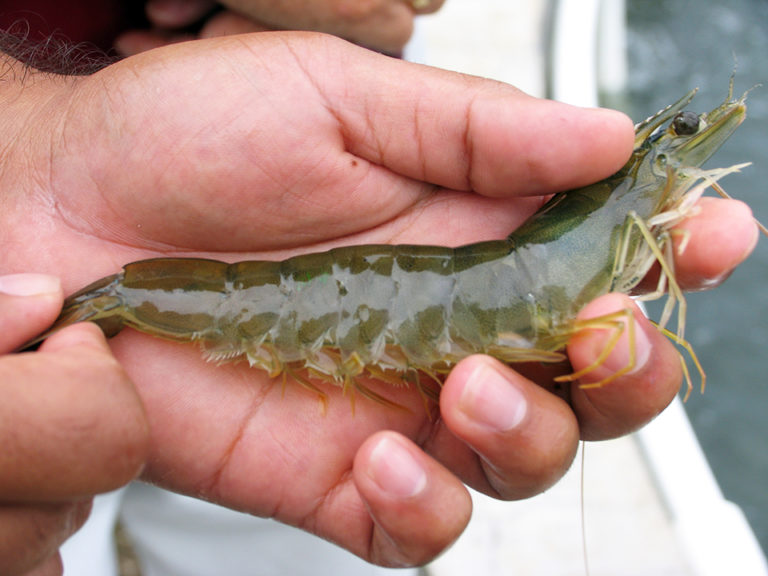
Health & Welfare
Disease risk evaluation
Assessing disease risk at an aquaculture facility allows the anticipation of possible outbreaks and subsequent production losses. It can also help to identify weaknesses of the production system.
Health & Welfare
Disease outbreaks in shrimp occur not only due to the presence of pathogens, but also to suboptimal culture conditions and system management.

Health & Welfare
Assessing disease risk at an aquaculture facility allows the anticipation of possible outbreaks and subsequent production losses. It can also help to identify weaknesses of the production system.
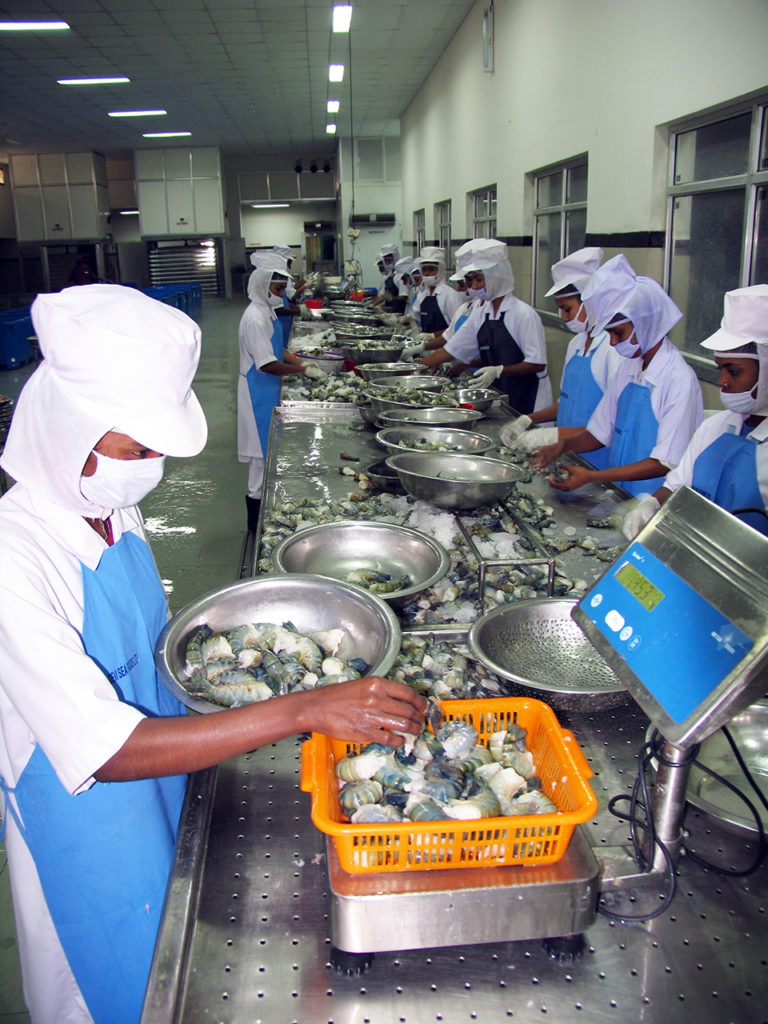
Intelligence
Freshwater shrimp can contain pathogenic bacteria that cause illness unless care is exercised by producers, retailers and consumers. Many of the human pathogens can survive frozen storage, but are killed or inactivated by thermal processes.
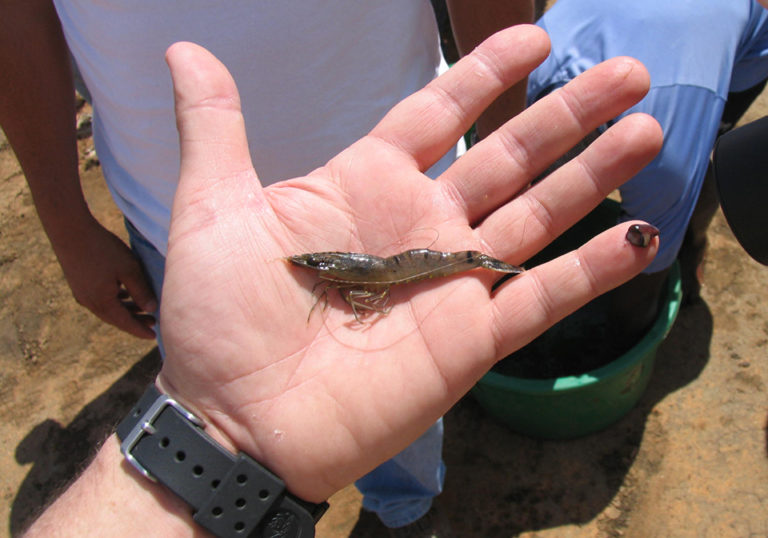
Health & Welfare
The objective of a contingency plan is to quickly recover production through rapid initial response and effective implementation of biosecurity measures. Such plans depend on whether the detected pathogen or disease is exotic or endemic, its potential economic impacts and whether it is to be eradicated.
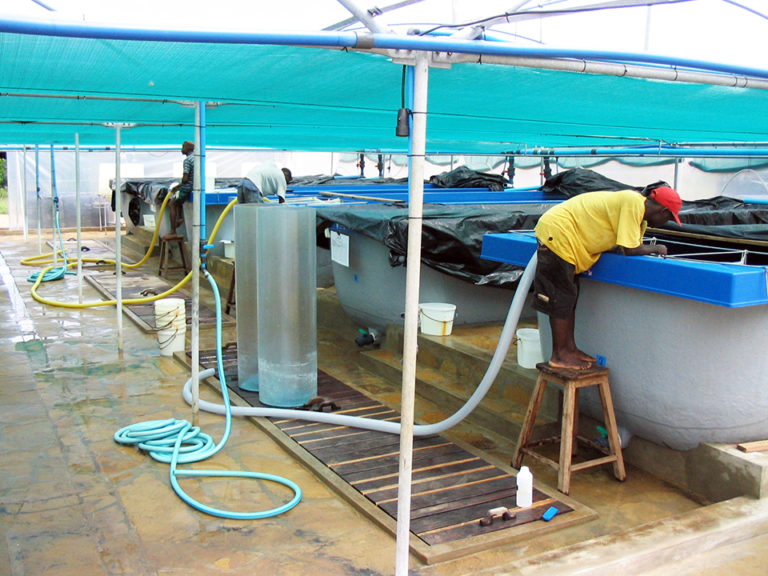
Health & Welfare
The development of an effective biosecurity plan requires full understanding of facility design and operations, and knowledge of the animals’ health status and the transmission modes of pathogens in order to identify the risks and define meaningful measures.
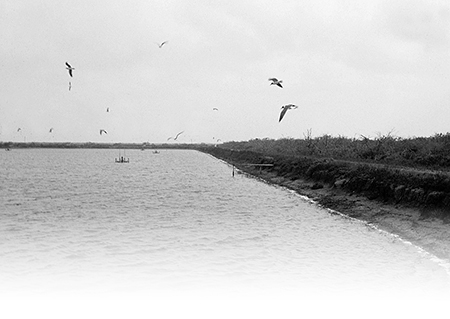
Health & Welfare
Sea birds can spread viral, bacterial, fungal and protozoan diseases to shrimp farms, so future farm designs should take their presence into account.
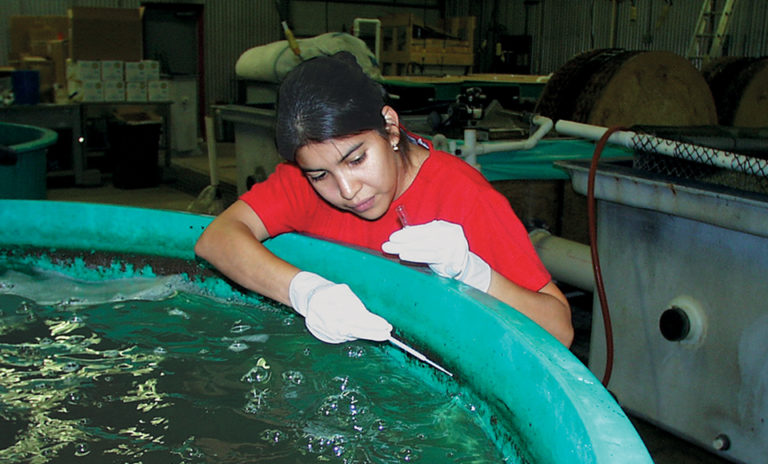
Health & Welfare
Recirculating aquaculture presents an increased potential for pathogenic bacteria to become established in the system through the formation of biofilms.